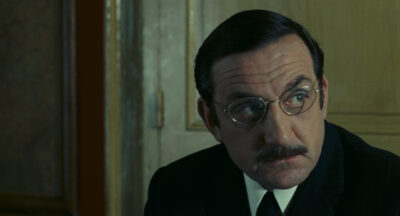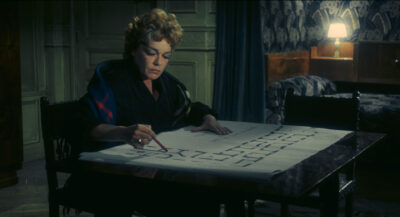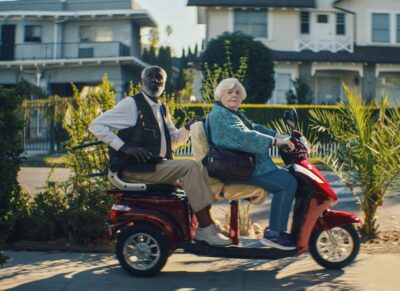Greg Laemmle, President of Laemmle Theaters, along with actor and Emmy Award-winning director Raphael Sbarge, are launching a new Video Podcast called INSIDE THE ARTHOUSE. The show is dedicated to highlighting new releases, repertory classics, filmmakers, distributors, and the key personalities who bring movies to the big screen. INSIDE THE ARTHOUSE will be filmed and recorded at the Laemmle Royal Theatre, the 100-year-old theater that has been operated by three generations of Laemmles for the past half century.
Laemmle says, “My family has been dedicated to providing a home for independent, foreign and documentary film for almost a century, and we have decided to launch INSIDE THE ARTHOUSE in order to promote the release of new films that will ultimately play in arthouses all across the country.”
“Our interviews will be recorded in person or via Zoom, with filmmakers appearing large on the screen,” says Sbarge, an independent filmmaker himself. “Opening a movie in theaters requires all the support they can get, and INSIDE THE ARTHOUSE, is dedicated to the celebration of seeing films in theaters.”
Their first guests include Stephen Soucy, the director of MERCHANT IVORY, a documentary about art house mainstays Ismail Merchant and James Ivory; the Golden Lion-winning director of the Swedish film PARADISE IS BURNING, Mika Gustafson; the writer and director of PREY FOR ROCK AND ROLL, Cheri Lovedog and Alex Steyermark, re-released in theaters via Kino Lorber, for their 20th anniversary; and the co-directors of the new documentary UNION, out of the Sundance and Tribeca film festivals, Brett Story and Steven Main.
In subsequent episodes – initially to be released every two weeks – INSIDE THE ARTHOUSE will focus on new releases and repertory classics, filmmakers, distributors, and personalities who are responsible for bringing movies to the big screen. The first episode of INSIDE THE ARTHOUSE will premiere on August 28, 2024. The show can be found on YouTube and all major podcast platforms. For more information, visit www.insidethearthouse.com!



